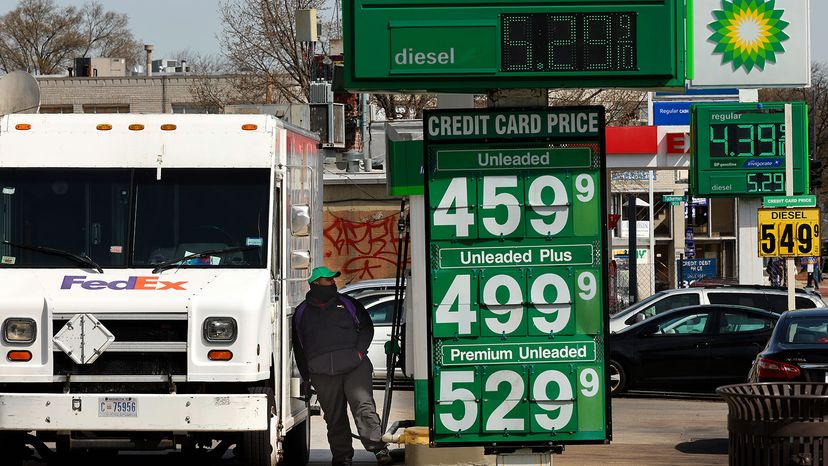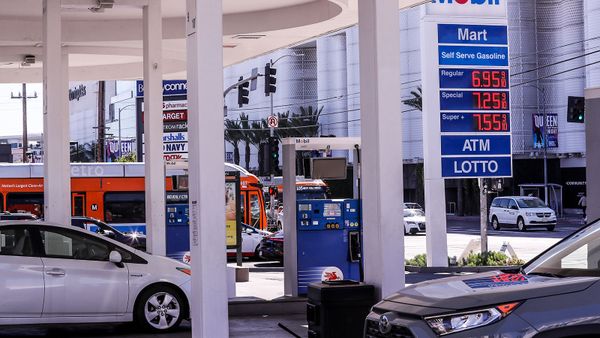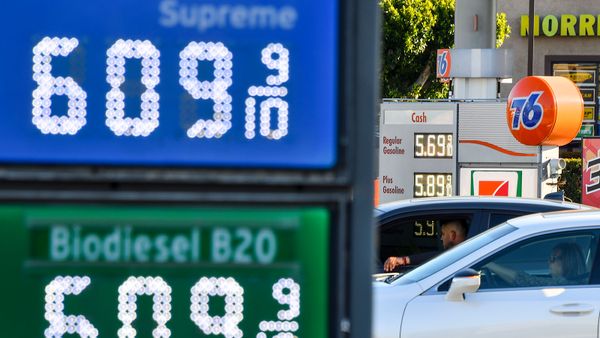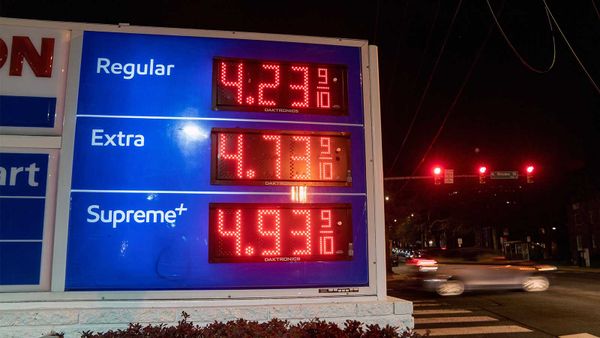
It's a familiar scenario. You pull into a gas station and fill up, only to drive a block down the road and see another station has gas for 20 cents less than you just paid. After a bit of quick math, you realize how two dimes per gallon really adds up. For a vehicle with a 15-gallon (56-liter) tank, 20 cents per gallon could mean up to $3 per fill-up — or about $156 a year if you get gas weekly.
In 2021, Americans consumed about 134.83 billion gallons (613 billion liters) of "finished motor gasoline," according to the U.S. Energy Information Administration (EIA). At the current U.S. average price per gallon — $4.17 — at-pump sales could reach over $560 billion in 2022. So what exactly goes into setting the consumer price, which has gone as high as $6 per gallon in California this year? Is it greedy station owners? Top-down price gouging from oil companies? The government?
Advertisement


